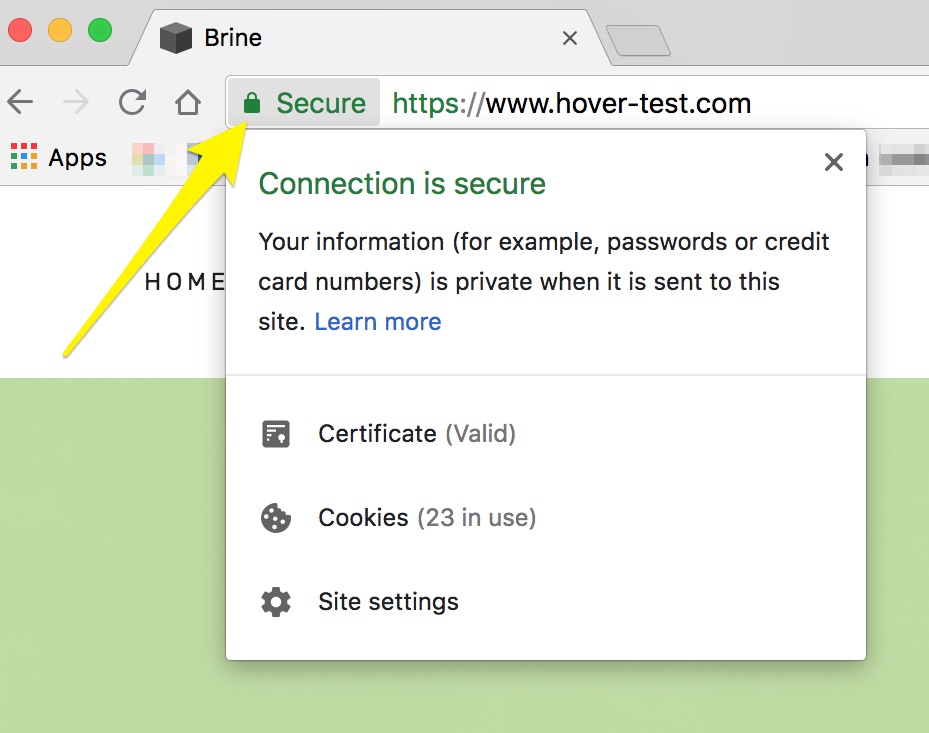
Understanding SSL Certificates: A Security Guide for Websites
SSL is automatically enabled for all correctly pointed domains to Squarespace sites, providing free enhanced security protection. This automatic protection extends to Squarespace domains, third-party domains, subdomains, and children's domain names.
For SSL certificate eligibility:
- Third-party domains must be correctly connected
- Squarespace domains must redirect to a Squarespace site
- Domain names must be 63 characters or fewer
To check SSL certificate status:
- Open domain names dashboard and verify certificate status is "Issued"
- Check SSL panel for "Active" status
- Visit your site's SSL address
SSL Settings Options:
Secure (Preferred)
- Default setting with HSTS enabled
- Redirects all visitors to HTTPS
- Includes HTTPS links in sitemaps
- Benefits SEO through HTTPS indexing
HSTS Secure
- Recommended additional security layer
- Encrypts connections
- Prevents impersonation attempts
- Prevents "Your connection is not private" messages
Insecure
- Allows both HTTP and HTTPS access
- Includes HTTP links in sitemaps
- Search engines index HTTP version
- May cause temporary access blocks when changing settings

SSL security certificate popup
Technical Specifications:
- Let's Encrypt certificate authority
- DV (Domain-Validated) SSL certificate
- 90-day renewal cycle
- 2048-bit encryption
- TLS version 1.2
- No HPKP support
- Automatic certificate issuance
Key Benefits:
- Enhanced visitor trust
- Data encryption protection
- Improved site loading speed
- Better SEO performance
- Secure payment processing
- Protection for form submissions
Important Notes:
- SSL cannot be disabled
- Works with all subdomains
- Login credentials are always encrypted
- Certificate processing may take up to 72 hours
- Third-party SSL certificates are not supported
- Mixed content warnings may occur with custom code
For any SSL-related issues, consult the SSL Troubleshooting page for detailed solutions and guidance.
Related Articles

How to Set Up a Third-Party Subdomain on Squarespace: Step-by-Step Guide

